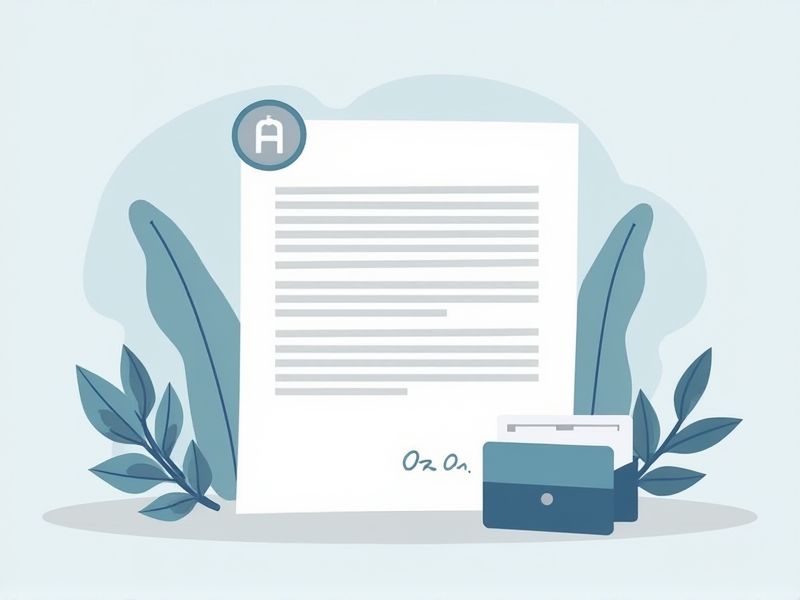
Opening a bank account is an essential step in managing your finances securely and efficiently. Whether you are setting up a personal savings account or a business checking account, a formal letter can help communicate your request clearly to the bank. A well-crafted letter ensures that all necessary details are provided, making the process smoother and faster. Knowing how to write a professional letter for this purpose is a valuable skill for anyone. To assist you, this article provides various sample letters that you can use as templates for opening different types of bank accounts.
Samples of letter sample for opening bank account
Letter Sample For Personal Bank Account Opening
Letter Sample For Business Bank Account Opening
Letter Sample For Joint Bank Account Opening
Letter Sample For Savings Bank Account Opening
Letter Sample For Corporate Bank Account Opening
Letter Sample For Student Bank Account Opening
Letter Sample For Minor Bank Account Opening
Letter Sample For Non-Resident Bank Account Opening
Letter Sample For Checking Bank Account Opening
Letter Sample For Trust Bank Account Opening
Letter Sample For Online Bank Account Opening
Letter Sample For High-Interest Bank Account Opening
Letter Sample For Fixed Deposit Bank Account Opening
Letter Sample For Agricultural Bank Account Opening
Letter Sample For Forex Bank Account Opening
Letter Sample For Salary Bank Account Opening
Letter Sample For E-Banking Account Opening
Letter Sample For Investment Bank Account Opening
Letter Sample For Healthcare Professional Bank Account Opening
Letter Sample For Pensioner Bank Account Opening
Important Things to Know when Writing Letter Sample For Opening Bank Account
Clear Personal Identification Details
When drafting a letter to open a bank account, it is crucial to include clear personal identification details to facilitate the process. Ensure that your full name, date of birth, and contact information are prominently stated to verify your identity. Additionally, including your Social Security number or National Identification number may be necessary, depending on the bank's requirements. Providing these details accurately helps the bank process your application efficiently and establishes a trustworthy client relationship.
Purpose Of Opening The Account
When drafting a letter to open a bank account, clearly state the purpose of the account to ensure the bank understands your needs. Whether it's for personal savings, business transactions, or educational expenses, specifying the intended use helps the bank provide tailored services. This clarity can also expedite the approval process, making it easier for you to access funds when needed. Providing a well-defined purpose demonstrates your commitment to responsible banking and can enhance your relationship with the financial institution.
Required Documents Checklist
When opening a bank account, it's essential to have a clear checklist of required documents to streamline the process. Typically, you will need to provide a valid government-issued ID, proof of address, and your Social Security number or Tax Identification Number. Some banks may also request additional documentation, such as employment verification or financial history. Ensuring you have these documents ready can help you navigate the account opening process smoothly and efficiently.
Contact Information For Follow-Up
The contact information for follow-up is a crucial element in your bank account opening letter sample. Including your phone number and email address allows the bank to reach out easily if they require additional information or clarification. This transparency fosters a smoother communication process and helps expedite the account approval. Ensuring your contact details are accurate can significantly enhance your banking experience.
Formal And Polite Tone
When writing a letter to open a bank account, it's crucial to maintain a formal and polite tone throughout your correspondence. Start by addressing the bank manager or appropriate representative respectfully, using titles such as "Dear Mr. or Ms." followed by their last name. Your letter should clearly state your intention to open an account, providing necessary details like your name, address, and identification documents. A courteous closing, such as "Sincerely" or "Best regards," reinforces professionalism and leaves a positive impression.
